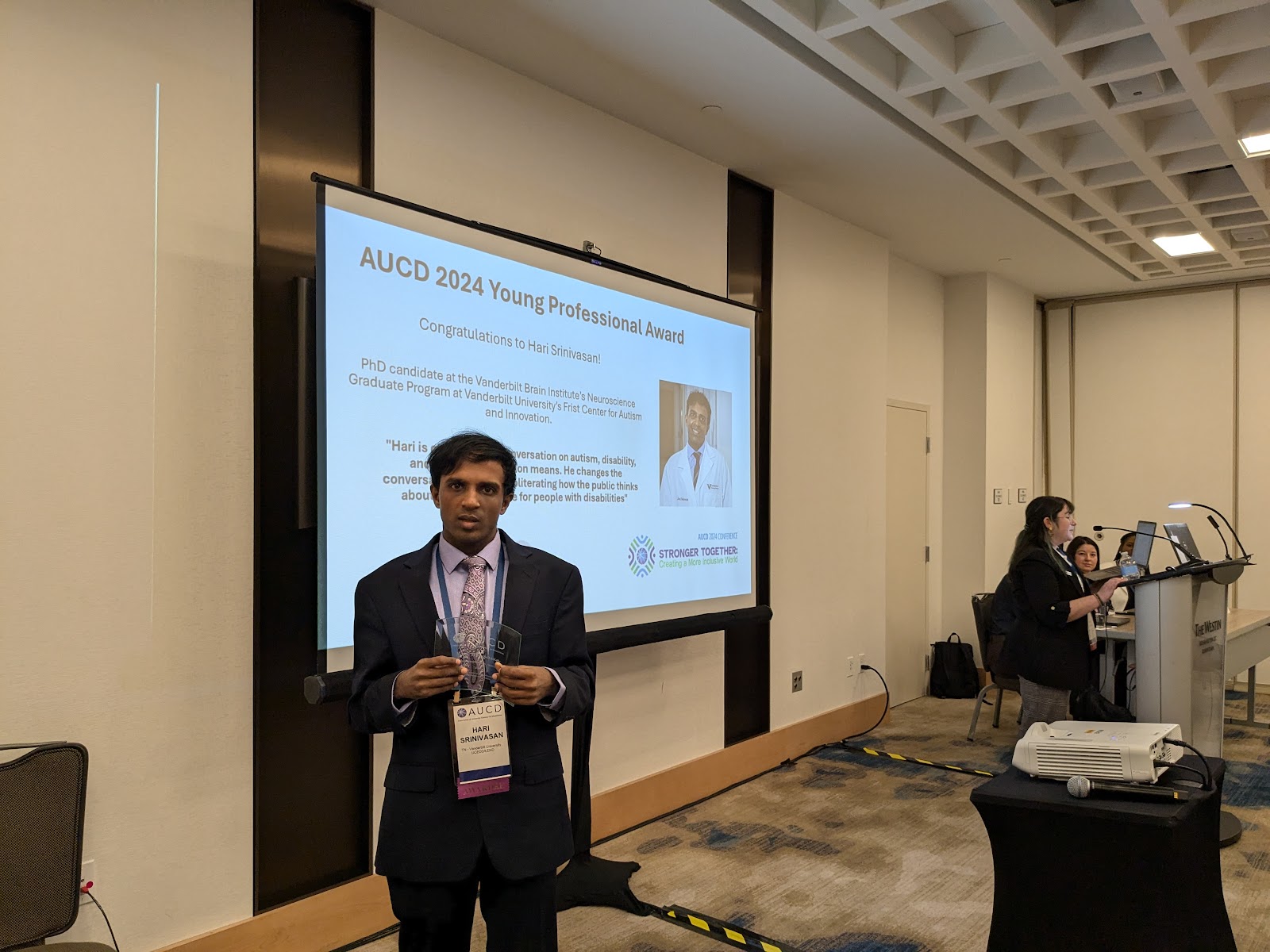Genetic Differences Between Autism and ADHD—and Why It Matters
On the surface, autism and ADHD might look like they share some overlapping behaviors, especially in areas like attention and impulsivity. But beneath those similarities, the genetic research on each reveals fundamental differences. And with more people receiving both diagnoses (often called AuDHD), genetic research is starting to explore how these conditions interact in the same person.
ADHD: A Focus on Dopamine and Attention
One of the most consistent findings in ADHD research is the role of dopamine, a neurotransmitter that helps regulate attention and motivation. ADHD individuals often have differences in dopamine pathways, making it harder to focus and control impulses. Genetic research has honed in on genes like DRD4 and DAT1, which impact dopamine receptors and transporters, the mechanisms that manage dopamine levels in the brain. This focus on dopamine has led to effective ADHD treatments, such as stimulant medications that boost dopamine. But these meds don’t always work the same way in autism.
Another big area in ADHD genetic research is polygenic risk—the idea that many small genetic variations combine to raise ADHD risk. By studying these variations together, researchers are building genetic “risk scores” to better understand each person’s overall predisposition to ADHD.
Autism: A Complex Web of Genes
Autism, in contrast, has a more diverse genetic landscape. Autism genetics doesn’t just focus on one system like dopamine; it spans pathways involved in synaptic development (how brain cells connect) and sensory processing. Genes like SHANK3 and CHD8 are heavily studied because they’re critical for neuron communication, affecting social interaction and sensory integration.
Autism genetics includes both polygenic influences and rare, single-gene mutations. This mix shows that autism isn’t a “one-size-fits-all” condition and involves a wide range of genetic influences—making autism research complex but incredibly informative.
Why ADHD Medications Don’t Always Work in Autism
Since ADHD and autism have different genetic roots, treatments that work well for ADHD may not work the same way in autism. For example, stimulants boost dopamine levels and are effective for ADHD, but autism involves additional neurotransmitter systems like GABA and glutamate. For autistic individuals, boosting dopamine may not address their primary challenges and can even lead to side effects like increased anxiety or sensory sensitivity.
This phenomenon, called differential drug response, is why treatments need to be tailored more closely to each condition.
The Overlap- Understanding AuDHD
Many autistics also meet the criteria for ADHD, and research suggests they experience a unique blend of traits. Genetically, there are overlapping patterns, particularly in dopamine, serotonin, and synaptic pathways. This shared foundation is prompting researchers to think of autism and ADHD as conditions that can intersect within the same person, rather than existing in isolation.
Understanding the unique profile of AuDHD could reshape how we approach treatment. Right now, genetic testing and treatments for autism and ADHD often operate in silos, leading to medications being prescribed without considering their impact on combined traits. A focus on AuDHD could lead to integrated approaches that tailor interventions to address overlapping needs.
Bringing It All Together
In summary, ADHD genetics zeroes in on dopamine-related genes that influence attention and impulsivity, while autism genetics explores a wider range of genes involved in synaptic function, sensory processing, and neurodevelopment. For those with AuDHD, understanding these combined influences can lead to support and treatments that don’t just fit the condition but fit the individual.
This is the future of neurodevelopmental treatment—a future where we move from “one-size-fits-all” to “one-size-fits-one.”











